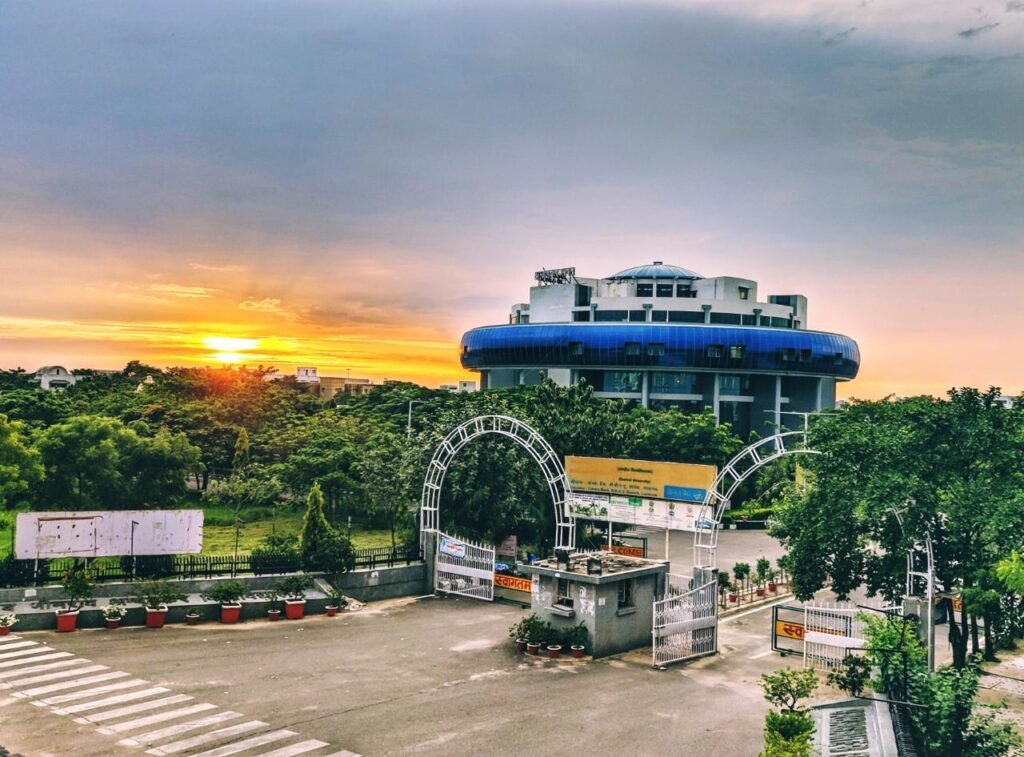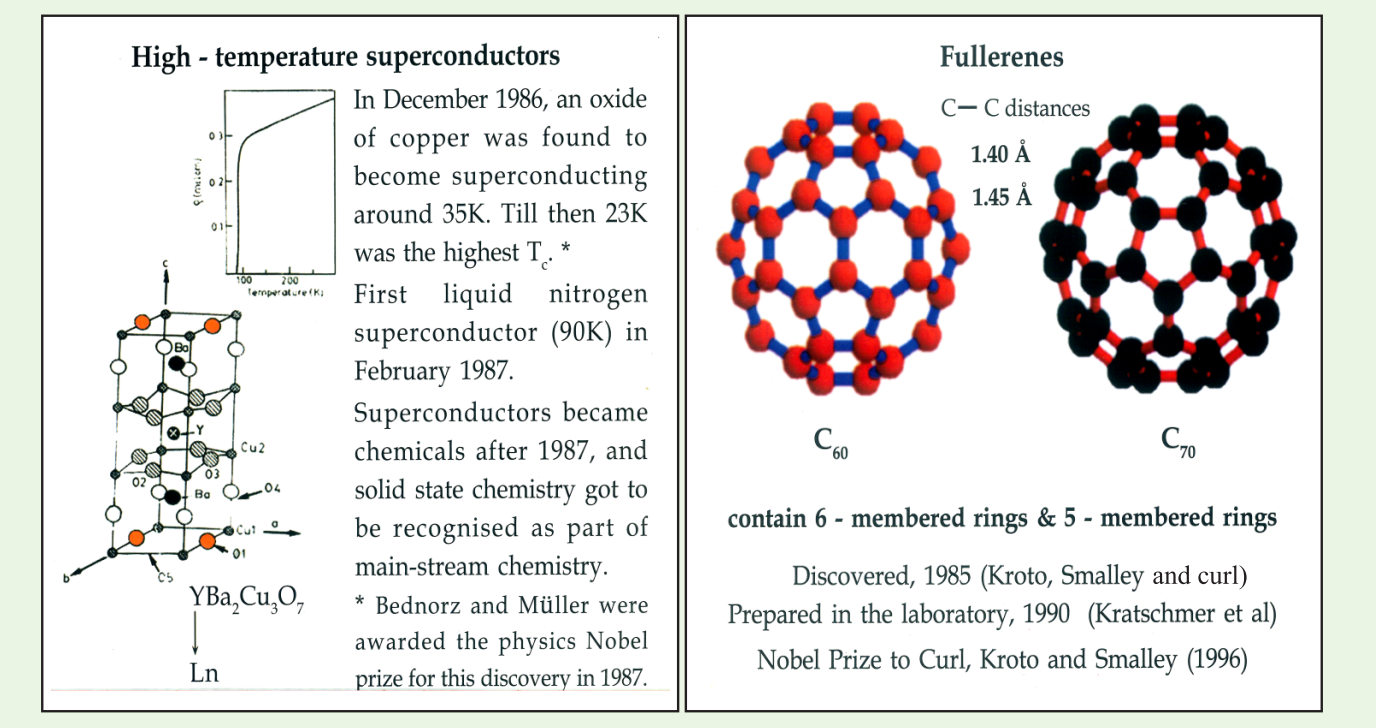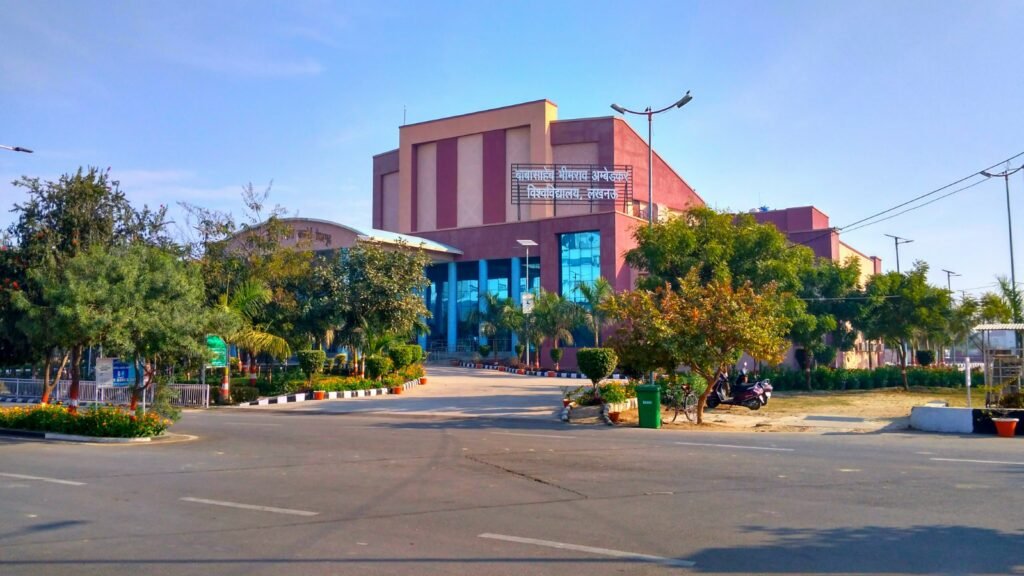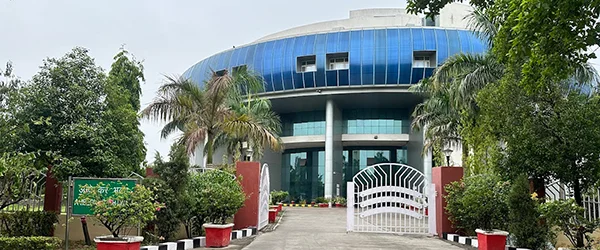About Confrence
The United Nations General Assembly adopted a resolution proclaiming 2025 as the International Year of Cooperatives. It gives us immense pleasure in sharing the Brochure of the “Global Conference on Superconductivity (GCS-2025) : A New Scientific Horizon for Energy Crisis Symposia on Materials for Energy Application (SMEA-2025) & Synthesis and Characterization of Carbon Materials (SSCCM-2025), Destined to Play a Significant Role in the Technology of the New Millennium” jointly organized by Department of Chemistry, School of Physical & Decision Sciences, BBAU, Lucknow and The Asian Association of Sugar Cane Technologists’ (AASCT), Lucknow from December 5-7, 2025.

For decades, superconductivity has been the subject of intense discussion in classrooms and laboratories due to the cryogenic requirements of low-temperature superconductors. Today, however, superconductivity is being applied to many diverse areas such as medicine, theoretical and experimental science, the military, transportation, power production, electronics, and as well as many other areas.
Historical Background
Superconductivity was first discovered in 1911 by the Dutch physicist Heike Kamerlingh Onnes. In the same year, he began to investigate the electrical properties of metals at extremely low temperatures. It had been known for many years that the resistance of metals decreased when cooled below room temperature, but it was not known what limiting value the resistance would approach. Onnes used a very pure mercury wire and measured its resistance as he steadily lowered the temperature. Much to his surprise, there was no leveling off of resistance, let alone the stopping of electrons as suggested by Kelvin. At 4.2 K, the resistance suddenly vanished: current was flowing through the mercury wire with nothing to stop it — the resistance was zero.According to Onnes, “Mercury has passed into a new state, which on account of its extraordinary electrical properties may be called the superconductive state.”

Milestones in Superconductivity
1911: Dutch physicist Heike Kamerlingh Onnes discovers superconductivity in mercury at temperature of 4 K.
1913: Kamerlingh Onnes is awarded the Nobel Prize in Physics.
1933: W. Meissner and R. Ochsenfeld discover the Meissner Effect.
1941: Superconductivity in niobium nitride at 16 K.
1953: Vanadium-3 silicon found to superconduct at 17.5 K.
1962: First commercial niobiumtitanium superconducting wire.
1972: John Bardeen, Leon Cooper, and John Schrieffer win the Nobel Prize in Physics for the first successful theory of how superconductivity works.
1986: Alex Müller and Georg Bednorz make a ceramic compound of lanthanum, barium, copper, and oxygen that superconducts at 35 K.
1987: Cerarnic that superconducts at 92 K, bringing superconductivity into the liquid nitrogen range.
1988: Allen Hermann of the University of Arkansas makes a superconducting ceramic containing calcium and thallium that superconducts at 120 K. Soon after, IBM and AT&T Bell Labs scientists produce a ceramic that superconducts at 125 K.
1993: Superconductor made from mercury, barium and copper, (Hg Ba Ca₂Cu₂O₃) with maximum transition temperature of 133 Κ.
2003: Nobel Prize in Physics and medical science for superconductivity and its application in MRI.
About BBAU
Babasaheb Bhimrao Ambedkar University (BBAU) is a central university located in Lucknow, Uttar Pradesh, India. Established in 1996, the university is named after Dr. B.R. Ambedkar, a social reformer, jurist, and the principal architect of the Indian Constitution. BBAU is committed to promoting excellence in teaching, research, and community engagement while fostering inclusive and equitable education.
The university offers a wide range of undergraduate, postgraduate, and doctoral programs across disciplines such as Science, Technology, Humanities, Social Sciences, Law, Management, and Education. Its curriculum emphasizes interdisciplinary learning, research-oriented training, and skill development to prepare students for global challenges.
BBAU is equipped with modern infrastructure, advanced laboratories, a well-stocked library, and centers of excellence for research. The university actively collaborates with national and international institutions, promoting innovation, academic exchange, and knowledge dissemination.
The university’s mission is to provide quality higher education, promote social justice, and contribute to national development while upholding the values of diversity, equity, and inclusion, reflecting the vision of Dr. B.R. Ambedkar.

